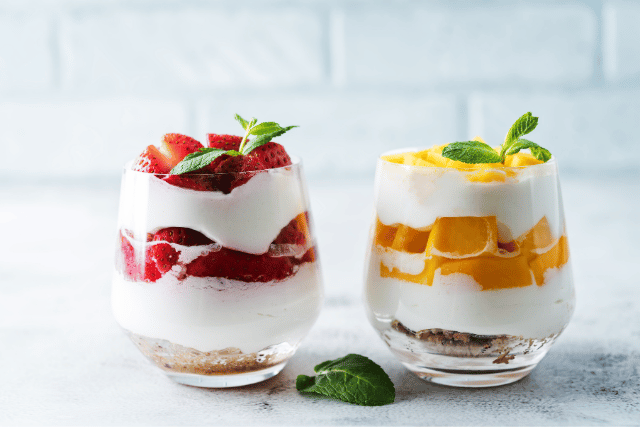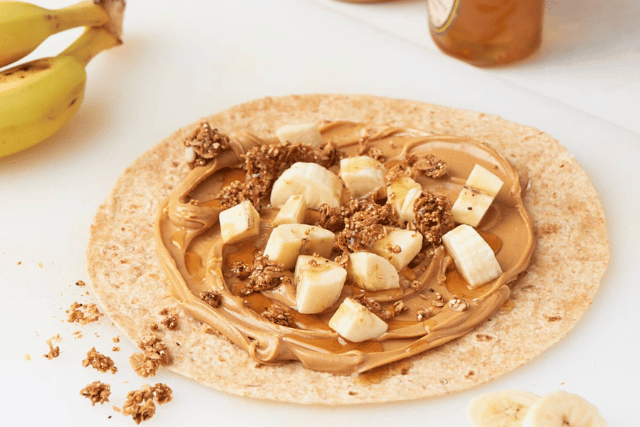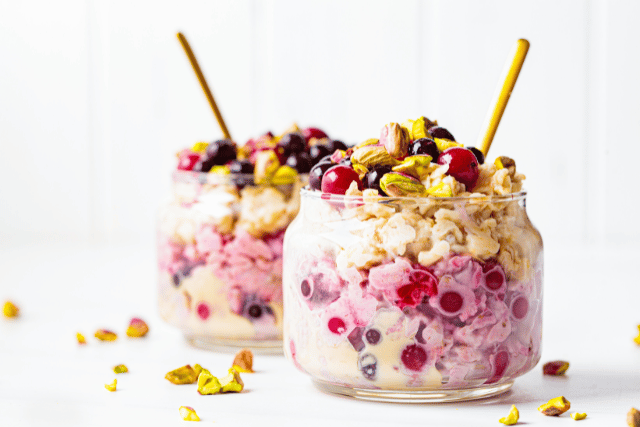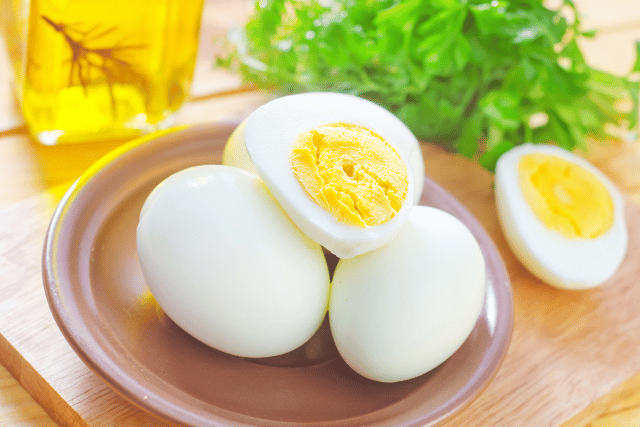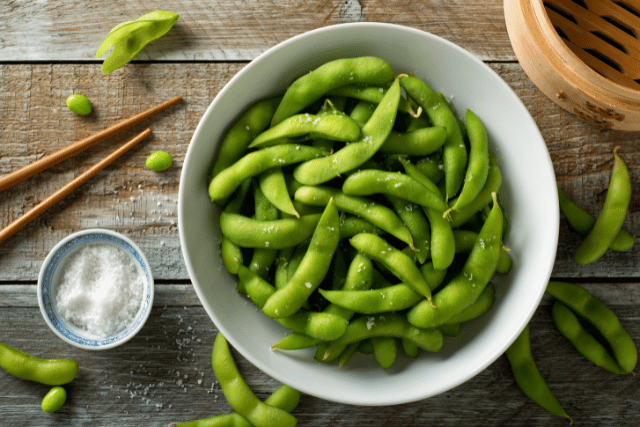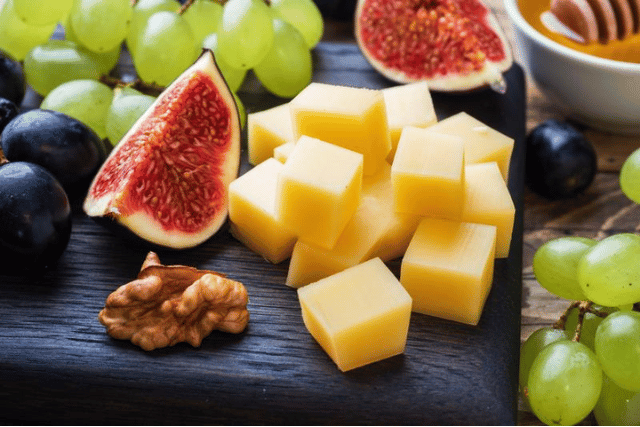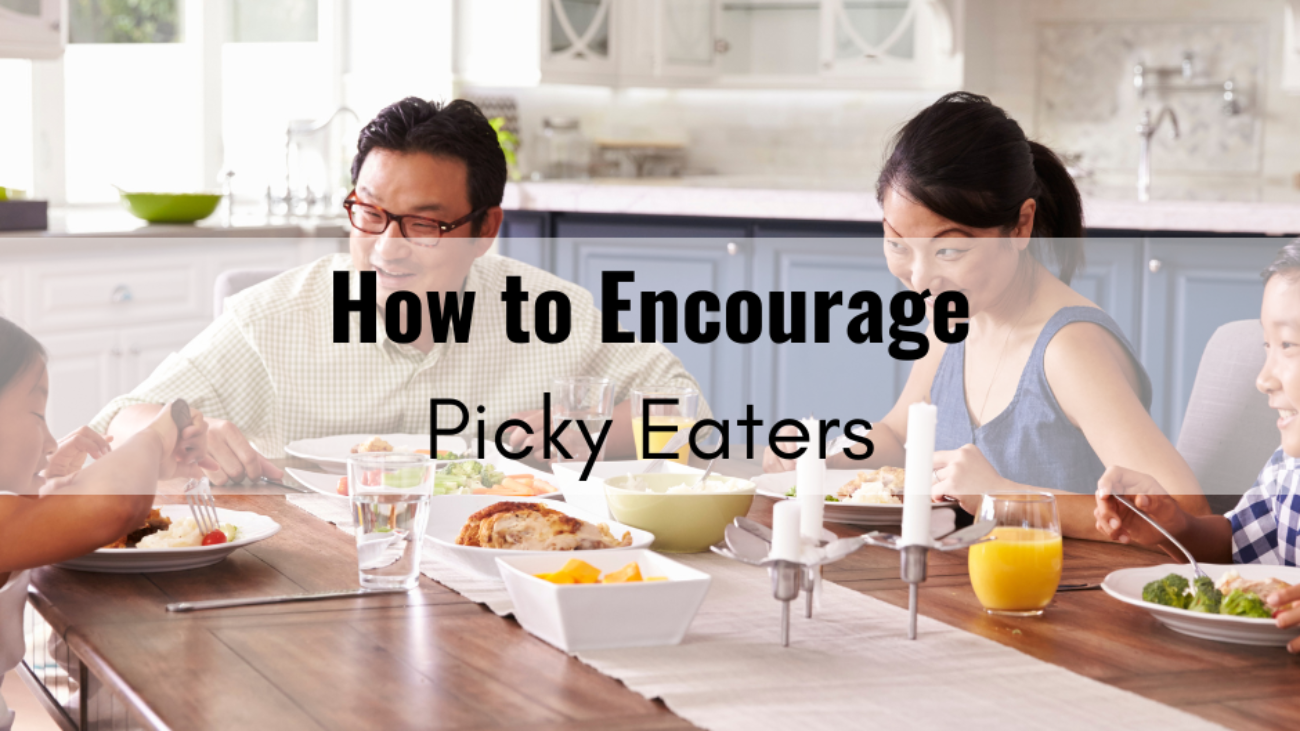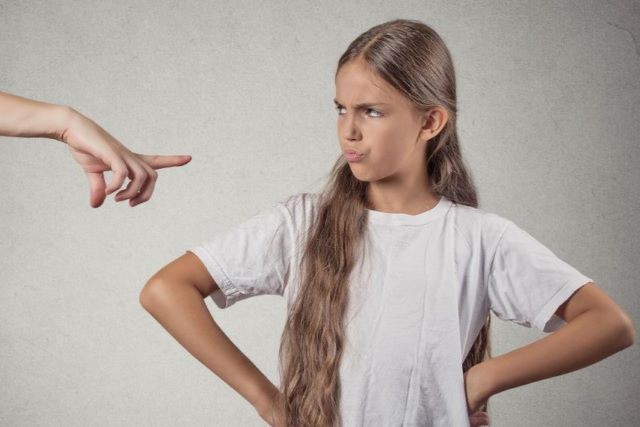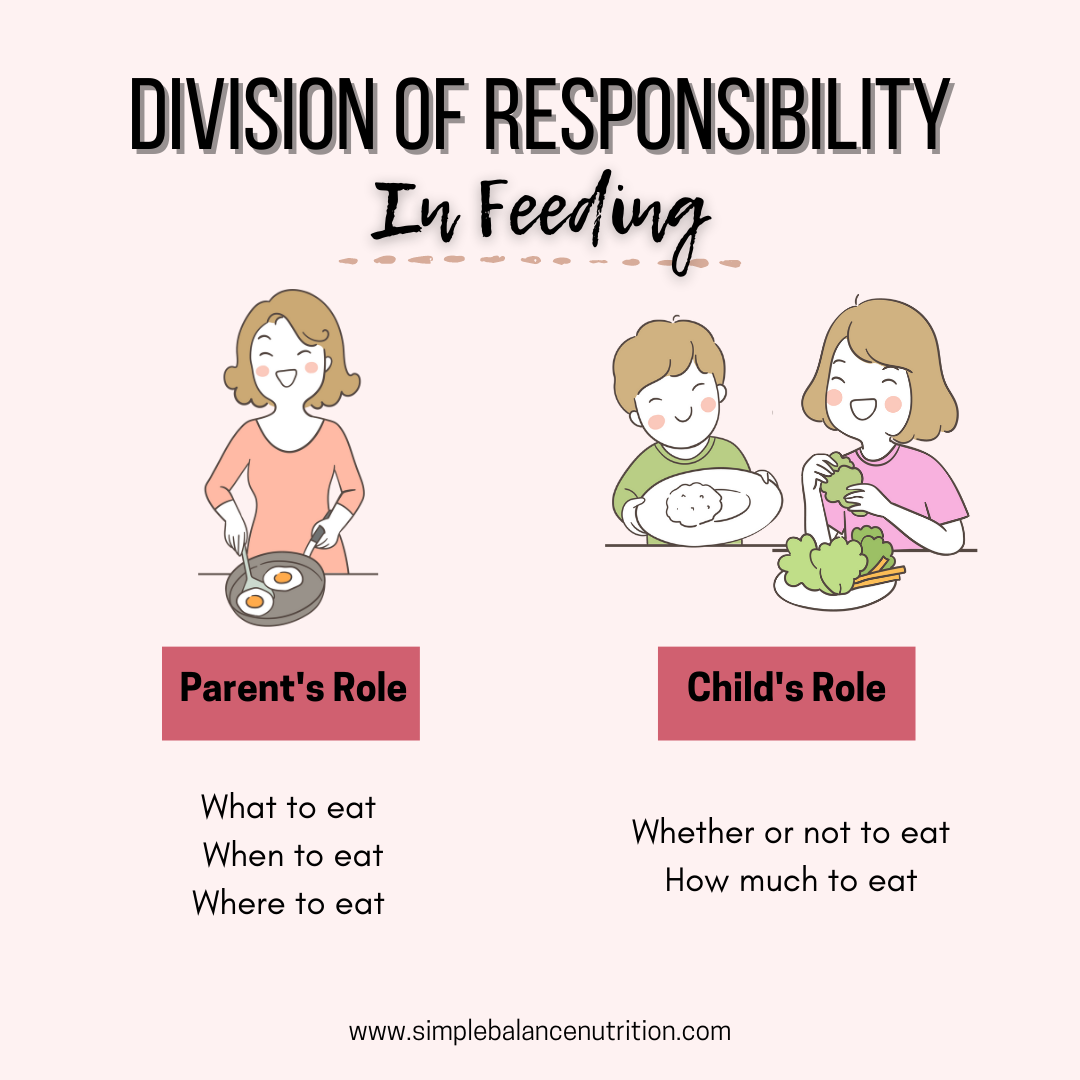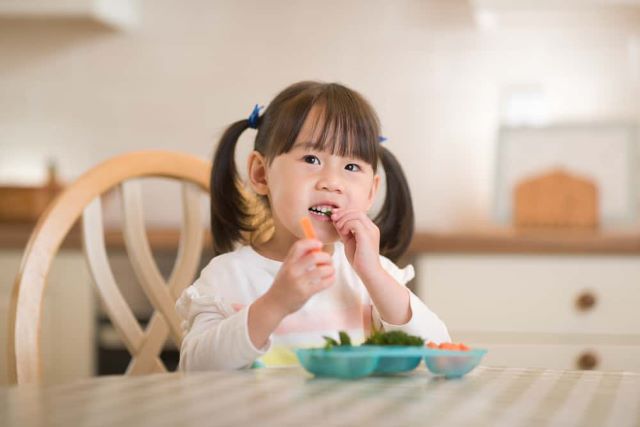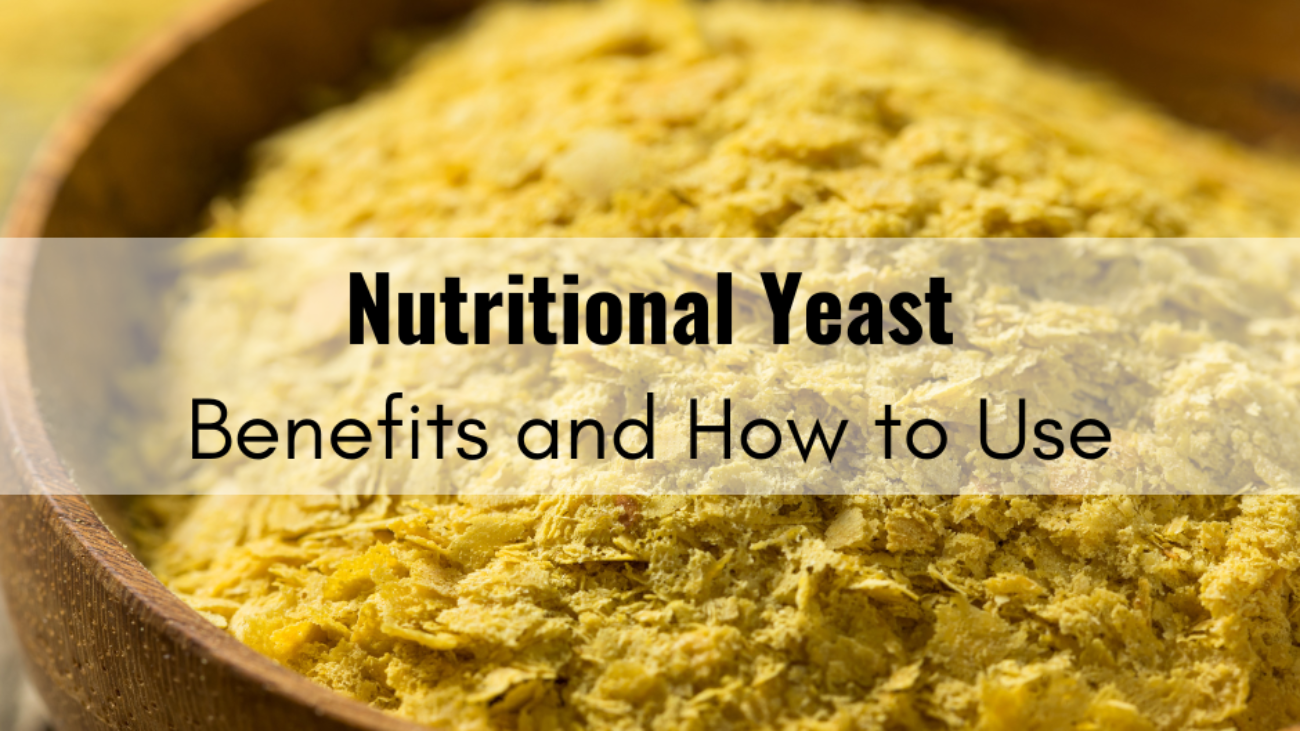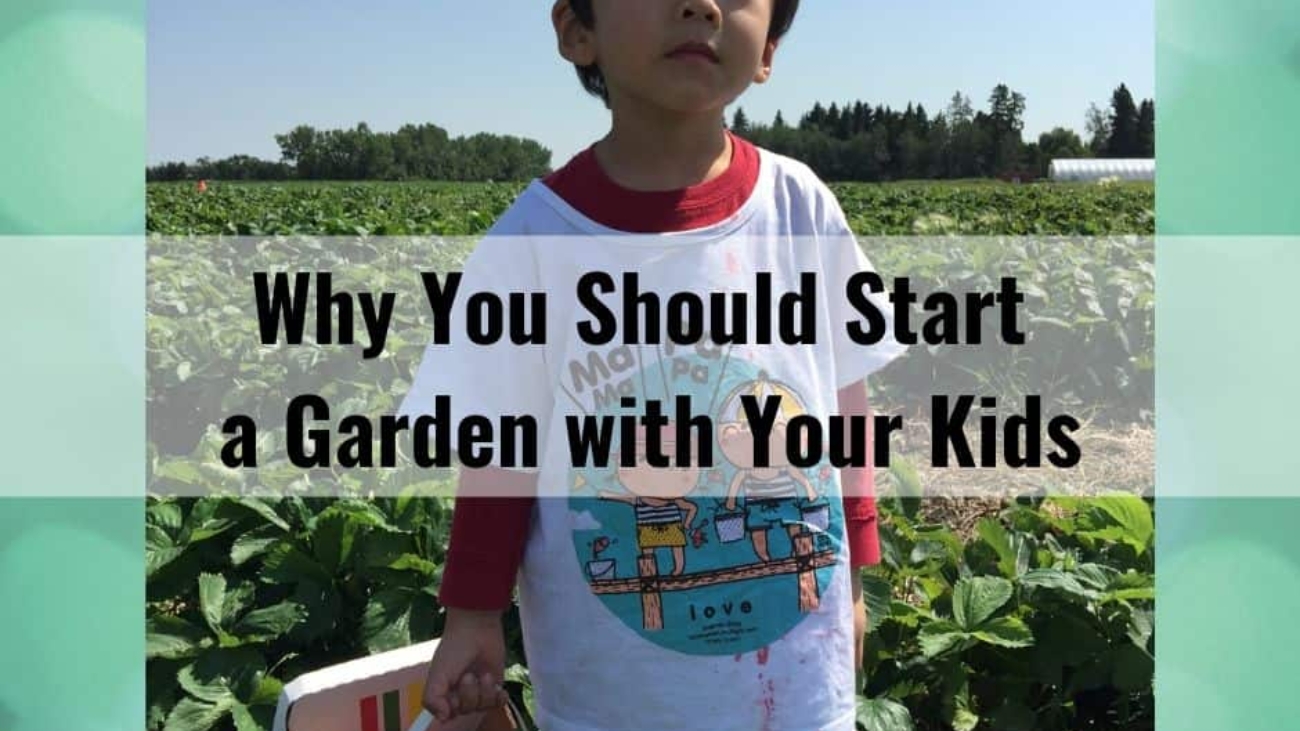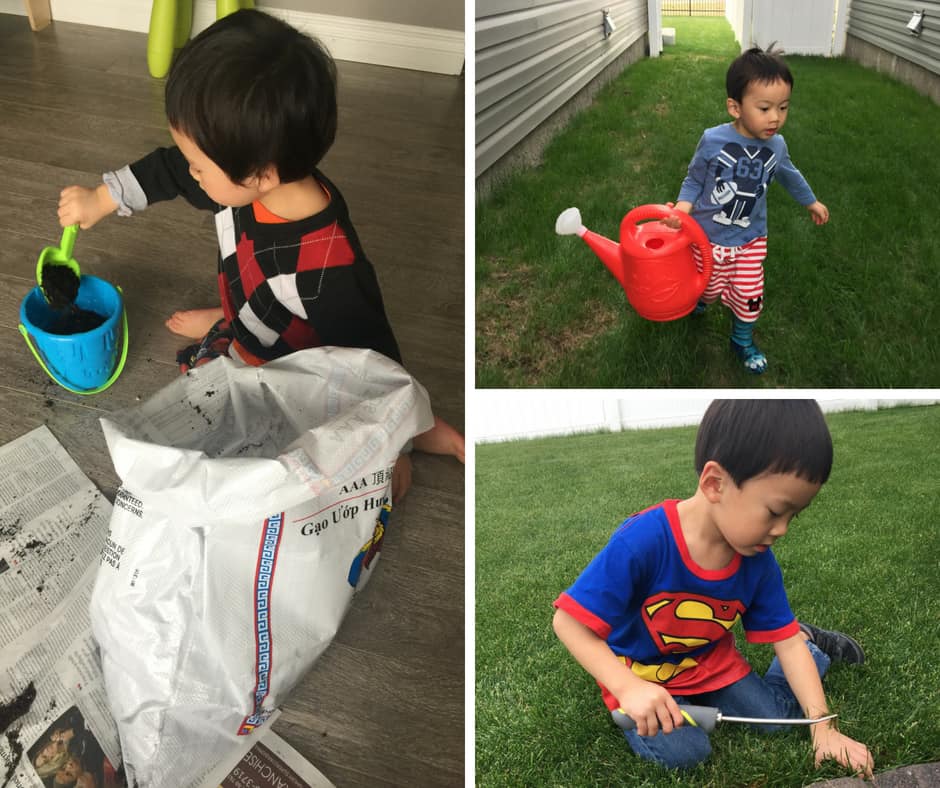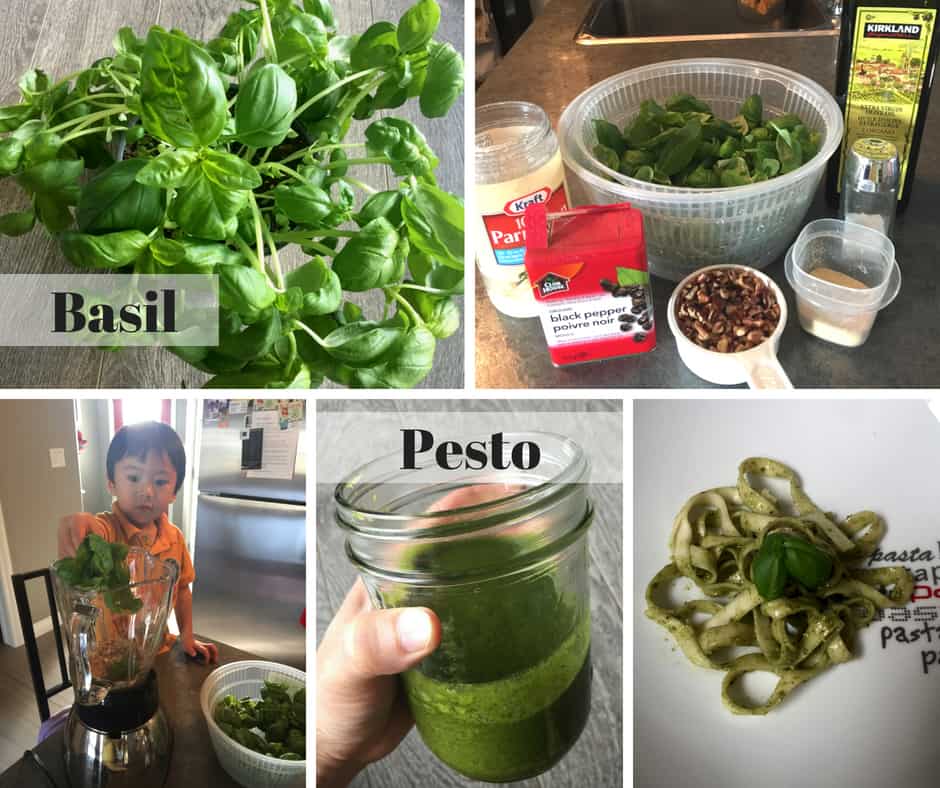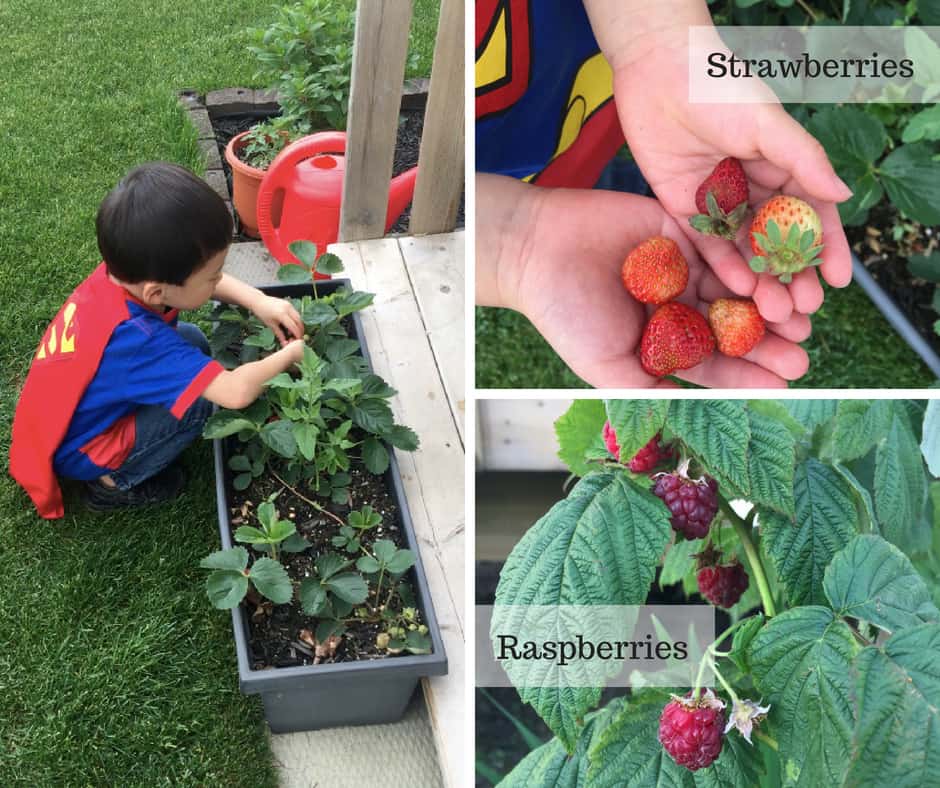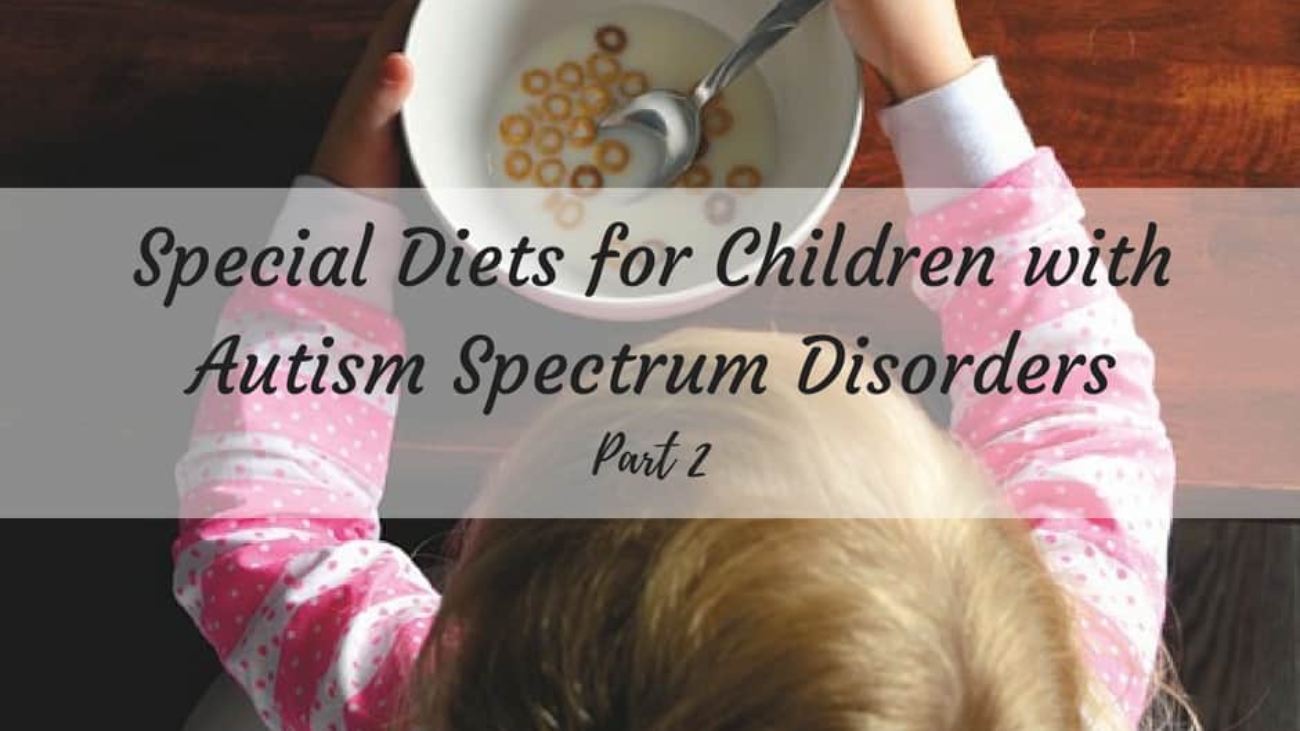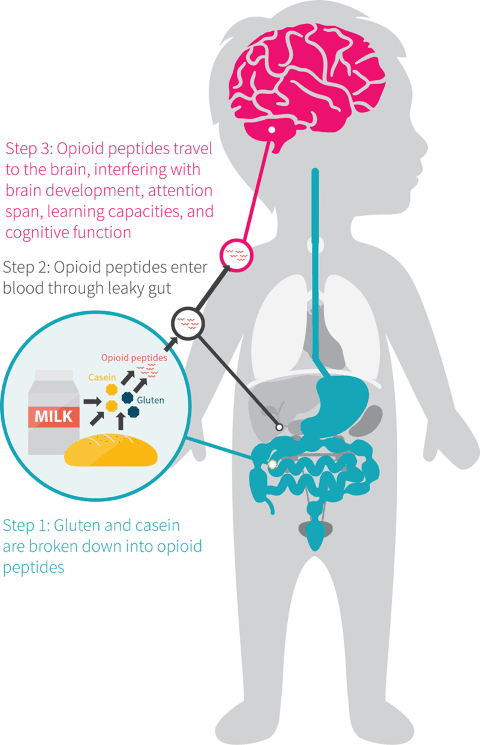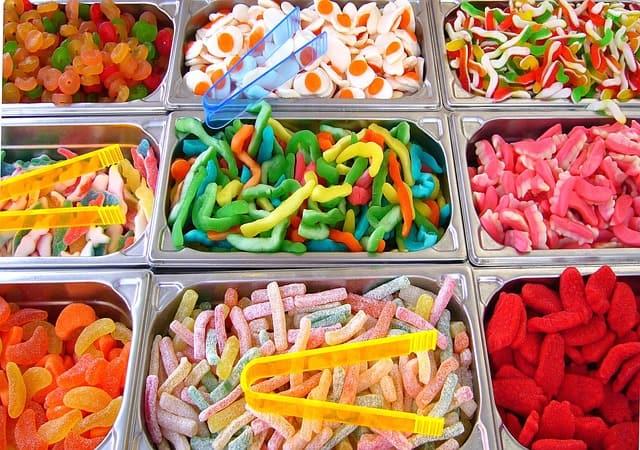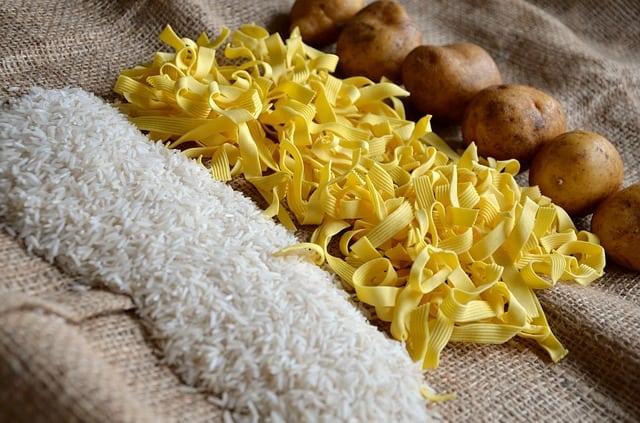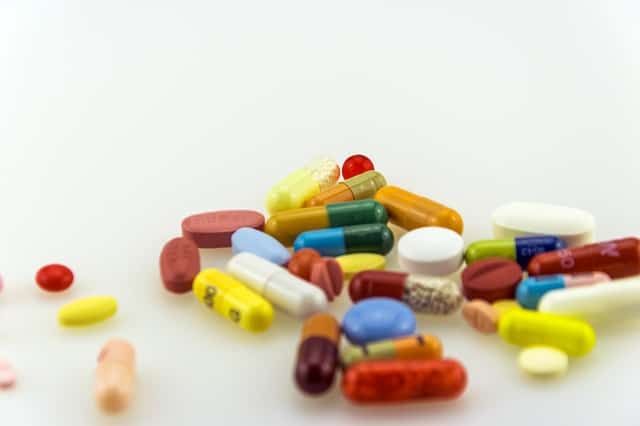Feeding a picky eater can be challenging, often turning mealtimes into battles filled with stress, tears, and frustration. When a child refuses multiple meals or consistently rejects new foods, it’s natural for parents to feel concerned and even resort to rules like the “three-bite rule” or offering dessert only if dinner is eaten. However, these approaches often increase the stress of mealtimes, leading to more food refusals, tantrums, and anxiety. This guide will help you navigate feeding a picky eater in a way that fosters a positive relationship with food and reduces mealtime stress.
WHY DO CHILDREN BECOME PICKY EATERS?

Picky eating often begins as children transition from infancy to toddlerhood, as their growth slows and their willingness to try new foods declines. This can be a normal part of development, but other factors may contribute:
- Routine and Structure
- Consistent mealtime routines help children build an appetite and associate specific times with eating.
- Regular meals and snacks about 2.5 to 3 hours apart, with only water offered in between, support a balanced appetite.
- Temperament
- Some children may naturally be more sensitive or cautious, and this can affect their willingness to try new foods. Consider your child’s temperament and how it might influence their eating behaviors.
- Medical or Sensory Issues
- Conditions like acid reflux, constipation, or sensory processing challenges can make eating uncomfortable, contributing to picky eating.
- Mechanical issues, such as difficulties with chewing or swallowing, can also play a role. If you suspect an underlying issue, consult a healthcare provider for tailored advice.
THE DIVISION OF RESPONSIBILITY
Registered dietitian Ellyn Satter introduced a model called the Division of Responsibility (DOR), a framework that creates boundaries while honoring a child’s natural appetite and preferences. DOR outlines distinct roles for both the parent and the child, allowing parents to guide mealtimes without pressuring children to eat. By respecting these roles, parents can ease the stress around meals and help children build lifelong healthy eating habits.
PARENT’S RESPONSIBILITIES IN FEEDING

1. WHEN the child eats
- By age one, children typically benefit from three meals and two or three snacks a day.
- Snacks should be scheduled and not constant, as this allows children to build up a natural appetite before meals.
2. WHERE the child eats
- Family meals at the table provide consistency and foster positive social interactions around food.
- Studies show that children who have regular family meals tend to make healthier choices, perform better academically, and have a lower risk of engaging in risky behaviors.
3. WHAT the child is offered
- Parents are responsible for choosing which foods to offer. Aim to provide a balanced meal with diverse food groups. Avoid becoming a “short-order cook” by preparing special meals solely to meet your child’s preferences.
CHILD’S RESPONSIBILITIES IN FEEDING

1. HOW MUCH to Eat
- Allow children to decide how much food to eat, respecting that their appetites can fluctuate day-to-day.
- Avoid pushing children to “clean their plate” to help them develop a healthy relationship with their hunger and fullness cues.
2. IF They Choose to Eat
- Especially with toddlers and young children, it’s normal for them to occasionally refuse a meal entirely. Trust that they are listening to their body’s signals, and avoid turning this into a power struggle.
TIPS FOR REDUCING MEALTIME STRESS
To create a positive and low-pressure mealtime environment, consider these strategies:

1. Respect Your Child’s Appetite
- If your child isn’t hungry, avoid force feeding. Forcing a child to eat can lead to negative associations with mealtime and weaken their sensitivity to hunger cues and fullness cues.
2. Remove Pressure
- Avoid incentives or ultimatums like “two more bites for dessert” or “if you finish, you get screen time.” Even well-intentioned praise for eating can increase pressure. Instead, keep mealtimes relaxed and focus on enjoying the experience as a family.
3. Limit Distractions
- Minimize iPads, TVs, and toys during meals. Creating a calm environment allows children to focus on their food and listen to their body’s signals of hunger and fullness.
4. Get Kids Involved in Food Prep
- Let children help with age-appropriate tasks like rinsing vegetables, stirring batter, or setting the table. Involving them in meal preparation encourages a positive attitude toward food and can increase their willingness to try new things.
5. Sneak in Nutrients Thoughtfully
- While “sneaking” vegetables or other refused foods into favorite dishes should not replace exposure to whole vegetables, it can be a helpful strategy for nutrient intake (short term only). Smoothies, sauces, and casseroles are great options for adding hidden veggies or proteins.
BOTTOM LINE
Picky eating can be frustrating, but it’s helpful to approach mealtime with patience and flexibility. By implementing a balanced approach to your child’s feeding responsibilities, involving them in the kitchen, and setting consistent routines, you’re laying a strong foundation for positive eating habits. Picky eating can be a phase, and with patience, your child will likely develop a healthier relationship with food over time.
I completely understand how challenging it can be to make these changes, and I appreciate the daily struggle of living with a child who has a limited diet. It can be overwhelming and exhausting, and many parents tend to unfairly blame themselves. You’re not alone! If you need more personalized help, I’m here for that too. I’ve successfully worked with many families to create custom action plans to get a child—or the whole family—back on track with healthy eating.















